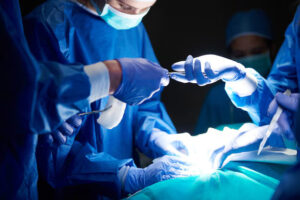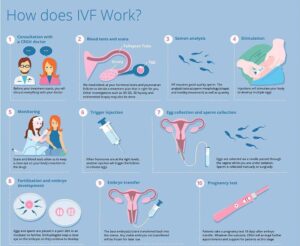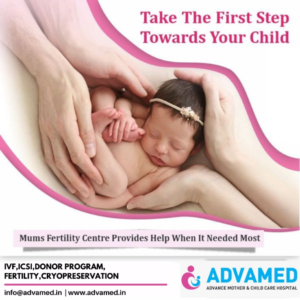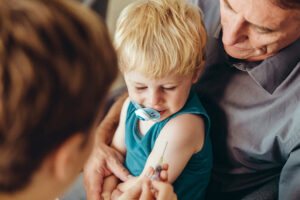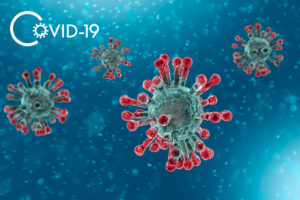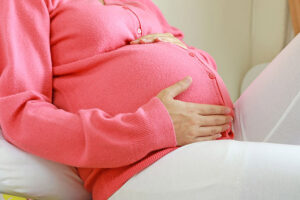The virus that causes COVID-19 is especially transmitted through droplets generated when an infected person coughs, sneezes, or exhales. These droplets are too heavy to hold within the air, and quickly fall on floors or surfaces.
You can be infected by inhaling the virus if you’re within close proximity of somebody who has COVID-19, or by touching a contaminated surface then your eyes, nose, or mouth.
COVID-19 affects different people in several ways. Most infected people will develop mild to moderate illness and recover without hospitalization.
Most common symptoms:
fever
dry cough
tiredness
Less common symptoms:
aches and pains
sore throat
diarrhea
conjunctivitis
headache
loss of taste or smell
a rash on skin, or discoloration of fingers or toes
Coronavirus disease (COVID-19) is an communicable disease caused by a newly discovered coronavirus.
Most people infected with the COVID-19 virus will experience mild to moderate respiratory disease and recover without requiring special treatment. Older people and people with underlying medical problems like disorder, diabetes, chronic respiratory illness, and cancer are more likely to develop serious illness.
The best thanks to prevent and hamper transmission is to be informed about the COVID-19 virus, the disease it causes and the way it spreads. Protect yourself et al. from infection by washing your hands or using an alcohol based rub frequently and not touching your face.
The COVID-19 virus spreads primarily through droplets of saliva or discharge from the nose when an infected person coughs or sneezes, so it’s important that you simply also practice respiratory etiquette (for example, by coughing into a flexed elbow).
Stay informed:
Protect yourself: advice for the general public
Myth busters
Questions and answers
Situation reports
All information on the COVID-19 outbreak
To prevent infection and to slow transmission of COVID-19, do the following:
Wash your hands regularly with soap and water, or clean them with alcohol-based hand rub.
Maintain a minimum of 1 meter distance between you and other people coughing or sneezing.
Avoid touching your face.
Cover your mouth and nose when coughing or sneezing.
Stay home if you are feeling unwell.
Refrain from smoking and other activities that weaken the lungs.
Practice physical distancing by avoiding unnecessary travel and staying far away from large groups of individuals.
Protect from COVID-19
If COVID-19 is spreading in your community, stay safe by taking some simple precautions, like physical distancing, wearing a mask, keeping rooms well ventilated, avoiding crowds, cleaning your hands, and coughing into a bent elbow or tissue. Check local advice where you reside and work. roll in the hay all!
What to do to keep yourself and others safe from COVID-19
Maintain a minimum of a 1-metre distance between yourself et al. to scale back your risk of infection once they cough, sneeze or speak. Maintain a good greater distance between yourself et al. when indoors. The further away, the higher.
Make wearing a mask a traditional a part of being around people. the acceptable use, storage, and cleaning or disposal are essential to form masks as effective as possible.
Here are the fundamentals of the way to wear a mask:
Clean your hands before you set your mask on, also as before and after you’re taking it off, and after you touch it at any time.
confirm it covers both your nose, mouth, and chin.
once you begin a mask, store it during a clean bag, and each day either wash it if it’s a cloth mask or eliminate a medical mask during a ashcan.
Don’t use masks with valves
For specifics on what sort of mask to wear and when read our Q&A and watch our videos. there’s also a Q&A focused on masks and youngsters.
determine more about the science of how COVID-19 infects people and our bodies react by watching or reading this interview.
For specific advice for decision makers, see WHO’s technical guidance



